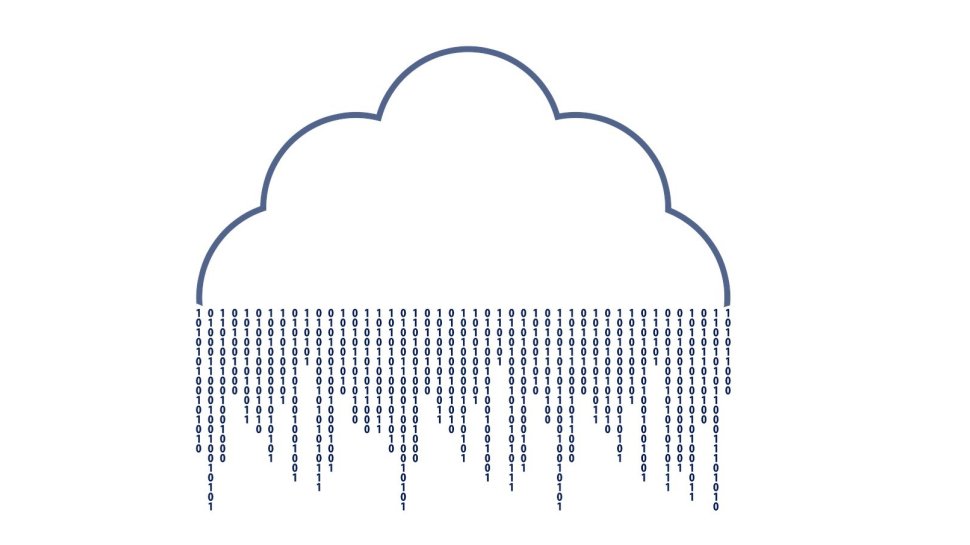The evolution of disaster recovery
Predictions for BCDR in 2020

As the turn of the year rears its head once again, it's time to look at what's set to change in the business continuity and disaster recovery (BCDR) industry over the next 12 months.
In 2020, we'll see the market shift with technologies like AI and blockchain becoming more mainstream. IT service management will also find environments will continue to grow in complexity, more companies and countries will adopt cloud-first mandates and vendors will turn their attention to simplifying the migration of applications to the cloud.
Here's how we see the year panning out:
Mick Bradley is VP EMEA Sales at Arcserve.
Emerging technologies that will shape the BCDR landscape
Investments from international brands such as FedEx and Walmart in 2019 are an indication that blockchain is being taken seriously as a means of achieving greater transparency and auditability. Facebook also announced its intention to launch its blockchain-based cryptocurrency in June, sparking widespread debate. As more big names funnel resources into blockchain-related R&D, we'll see a greater number of real-world and enterprise applications of the technology in active use.
However, claims that the technology is immune to compromise, and corruption should be taken with a pinch of salt. As more organisations adopt blockchain, we’ll see an increase in data loss as many will believe that it’s inherently secure and not consider the varying levels of security and access control that comes with the technology. Without incorporating this factor into a BCDR plan, will leave organisations vulnerable to attacks and threats.
Greater focus on data management and governance
Organisations will also call for more than just the ability to store, process and keep data available in 2020. There will be an increase in data classification—the process of organising data by category so that it can be used and protected more effectively—in line with the continuing need to adhere to governance and regulations like GDPR. We'll also see a rise in automation, as organisations look to streamline complex processes and tedious, repetitive manual tasks.
The need to draw insight from data and extract higher value means AI-as-a-service is set to explode, which will allow organisations to unearth hidden patterns in massive datasets, making for better informed and therefore more intelligent decision making.
Are you a pro? Subscribe to our newsletter
Sign up to the TechRadar Pro newsletter to get all the top news, opinion, features and guidance your business needs to succeed!
With "data management" becoming popular, due to its appeal to both users and solutions providers, it’s still yet to be widely adopted. More clarification is needed on its definition as it's often described in different ways. Ultimately, the key is to make sure that we're focusing on the IT needs of organisations, then turn to or create the solution that solves a problem.
The ransomware threat isn't over
According to Cybersecurity Ventures, cyber-attacks have become one of the most significant business risks and represent the most menacing threat to IT organisations across all sectors. The issue is spiralling, with costs associated with data breaches and hacks projected to reach $20 billion by 2021.
In response to the threat of cyber-attacks, including ransomware, MSPs must turn to an integrated threat prevention solution in 2020. IT professionals need to simplify their approach by deploying a multi-layered solution that integrates threat prevention technologies with onsite and offsite business continuity, which will increase IT resiliency due to the incorporation of backup, recovery and threat prevention.
The latest all-in-one offerings allow businesses to neutralise ransomware by combining disaster recovery, application availability and endpoint security protection solutions. They are also augmented by AI and deep learning techniques that detect both known and unknown malware, setting the foundation for a ransomware-free future for businesses so they can avoid ever having to pay a ransom.
Businesses will turn to continuous data protection technologies to prevent IT downtime
True continuous data protection is journal-based, whereby byte-level changes to data and copied and replicated to a separate location in real-time. The ability to revert to a particular point in time, at which data is known to be good, will continue to be invaluable to businesses. This is especially useful in the case of a corruption event or physical system failure.
Continuous data protection and replication will continue to gain momentum in the new year. Mainly where cloud services and applications are used in mission-critical solutions, as with online retail and financial transactions.
Overcoming cloud migration challenges
Despite the industry's ever-growing maturity, the lack of adequate, user-friendly tools to move applications to cloud storage of data will continue to hamper businesses looking to transition to the cloud swiftly and with minimal downtime. With that in mind, we'll likely see the emergence of offerings that can accelerate and simplify the migration process in the new year.
Also, we’ll witness many organisations turning to alternative cloud models, such as hybrid and multi-cloud strategies rather than relying on a single cloud. As more organisations implement these cloud alternatives, they must ensure that they're not leaving data vulnerable to threats, as before taking off on a hybrid or multi-cloud journey, organisations must be taking the right steps to mitigate any risks.
It won’t just be organisations making the switch to the cloud, with Bahrain introducing its cloud-first approach, it’s likely more countries will also be seeking to modernise their IT in the new year.
Other IT challenges organisations will need to prepare for and address
Already sprawling IT environments will continue to grow in complexity in 2020. Despite the complex nature of today's infrastructures, companies are resorting to using two or more backup solutions, further adding to the complexity they're attempting to unpick. A different approach is necessary going forward.
Hyperconverged infrastructure is being touted as one solution to the complexity question, but in many cases, it introduces new technology and concepts that require additional training. Only once the workforce has been equipped with the necessary knowledge will it begin to promote simplification and automation.
Also, IT buying decisions will increasingly spread horizontally across organisations due to line of business (LOB) executives frequently purchasing technology solutions independently from IT teams. According to research nearly half (48%) of UK channel partners surveyed are adapting their marketing strategies to target new buyers and 52% adopting a business outcome-based sales approach where the focus is on collaborating with both IT and LOB executives for procurement and implementation.
There we have it – our predictions for the future of the BCDR industry in the new year. As ever, BCDR will shift in line with the evolution of IT environments, the threat landscape, and the ever-changing needs of businesses where data protection is concerned.
Businesses should, therefore, look to implement an all-in-one approach that prioritises both compliance and data security, as well as taking advantage of the benefits of emerging technologies to best protect and analyse business-critical data. This will put them in the best position to keep their data secure and capitalise on the opportunities available in 2020.
Mick Bradley is VP EMEA Sales at Arcserve.
- Find the best cloud antivirus here.
Mick Bradley is VP EMEA Sales at Arcserve.
He is an knowledgeable senior manager with more than 25 years experience in IT and Engineering, with extensive knowledge across a broad base of technology, storage, solutions and services. A comprehensive career spanning the management and delivery of complex IT strategies and solutions through to the creation and management of large operations, pre-sales, consulting and service delivery organisations, encompassing market analysis and business planning to execution of plan and over achievement of targets.
